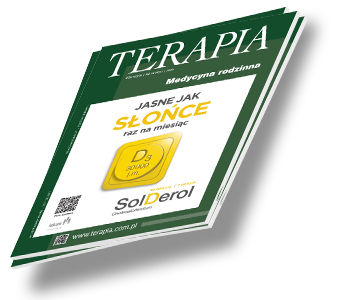The Report contains an updated scheme for intensifying therapy in patients using corticosteroids/LABA. Currently, GOLD does not recommend the use of the wGKS/LABA combination. However, the Report clarifies how to escalate patients who are taking this treatment for any reason. The GOLD 2025 Report introduces a new chapter on cardiovascular risk in COPD, highlighting the importance of monitoring and managing this risk in COPD patients. These updates aim to improve the diagnosis and treatment of COPD, taking into account the latest scientific evidence and therapeutic advances.
Tegoroczna edycja rekomendacji Global Initiative for Chronic Obstructive Lung Disease (GOLD) 2025 zawiera propozycje nowych rozwiązań diagnostycznych i terapeutycznych dla klinicystów. Jest to ważne, ponieważ przewlekła obturacyjna choroba płuc (POChP) nadal stanowi poważny problem medyczny, społeczny i ekonomiczny zarówno na świecie, jak i w Polsce (1,2). Tylko w naszym kraju choruje ponad 2 mln pacjentów, a średnio co godzinę umiera 2 z nich.

Zaloguj się i przeczytaj bezpłatnie całą treść artykułu.
Nie masz jeszcze konta dostępowego?
Zarejestruj się bezpłatnie, a otrzymasz:
* dostęp do wszystkich doniesień oraz pełnych tekstów artykułów naukowych w naszej Czytelni,
* prawo do bezpłatnego otrzymywania newslettera "Aktualności TERAPIA" z przeglądem interesujących i przydatnych wiadomości ze świata medycyny oraz systemu ochrony zdrowia w Polsce i na świecie,
* możliwość komentowania bieżących wydarzeń oraz udziału w ciekawych quizach i konkursach.
Zapraszamy serdecznie, dołącz do naszej społeczności.



Dodaj komentarz